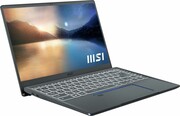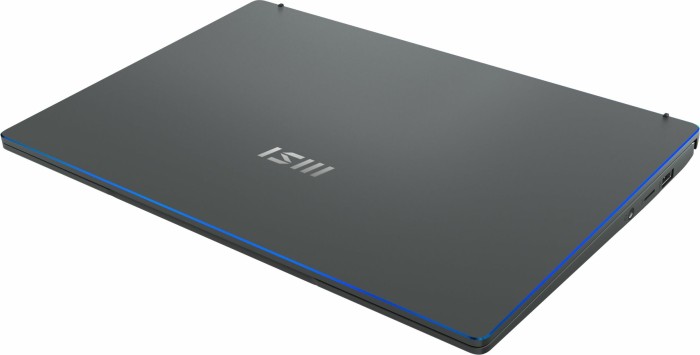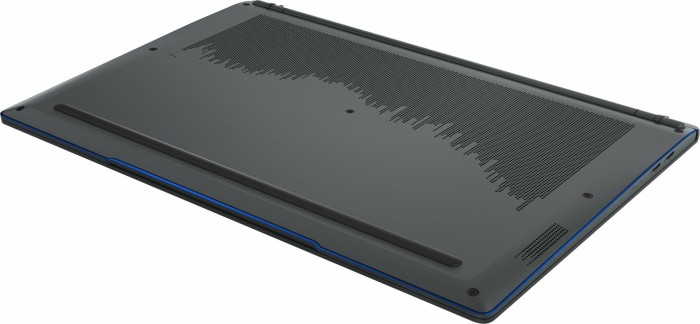MSI Prestige 14 Evo A11MO-043
Specifications

Price comparison
Reviews for the MSI Prestige 14 Evo A11MO-043
Source: Hot Hardware
 Archive.org version
Archive.org versionWe really liked the MSI Prestige 14 EVO when we first took a look at the system earlier this year. It has an attractive, clean design, good battery life, a mid-sized form factor that would likely appeal to current users of both 13.3" to 15" machines, and its powered by a leading-edge platform which requires minimal compromise for the vast majority of consumers. Refreshing the MSI Prestige EVO with the Core i7-1195G7 takes what was already a nice machine, and gives the overall experience a bit of a boost. While the Core i7-1195G7 isn't a massive upgrade in terms of multi-threaded or graphics performance versus its predecessor, the Core i7-1185G7, its markedly higher clock speed with single or lightly-threaded workloads -- when the cooling system in this sub-3lb, .6" thick machine isn't being thoroughly stressed -- results in some nice performance boosts where it matters for most everyday computing workloads.
Single Review, online available, Long, Date: 10/01/2021
Foreign Reviews
Source: Tweakers
 NL→EN Archive.org version
NL→EN Archive.org versionPositive: Powerful processor; nice display; good connectivity. Negative: Mediocre design; uncomfortable touchpad; poor display; flashing webcam LED.
Single Review, online available, Medium, Date: 09/06/2021
Comment
Intel Iris Xe G7 96EUs: Integrated graphics card in Intel Tiger Lake G4 SoCs based on the new Gen. 12 architecture with 96 EUs (Execution Units / Shader Cluster). The clock rate depends on the processor model. The Tiger Lake chips are produced in the modern 10nm+ process at Intel.
Modern games should be playable with these graphics cards at low settings and resolutions. Casual gamers may be happy with these cards.
» Further information can be found in our Comparison of Mobile Graphics Cards and the corresponding Benchmark List.
i7-1195G7: Tiger Lake based quad-core processor for thin and light laptops and fastest UP3 (up to 28 Watt) CPU. Produced on the second-gen 10 nm Intel SuperFin process. Features a base clock from 1.3 GHz (configured at 12 W) up to 2.9 GHz (28 W). The Turbo can reach up to 5 GHz on a single core.» Further information can be found in our Comparison of Mobile Processsors.















